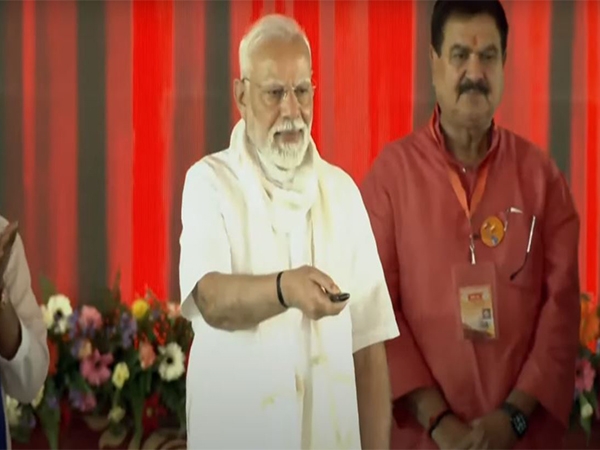At 50, Shiv Sena is a party that lives in the past more than ever

Shiv Sena turns 50 on 19 June and various programmes are being organised to mark the occasion. The main event will be held at Goregaon, where party chief Uddhav Thackeray will address the party faithful.
The party has come a long way since it was launched by Bal Thackeray, a cartoonist, on 19 June 1966 in Mumbai. It was originally meant to oppose "the injustice being done to the Marathi people", particularly in jobs. Over 10,000 people had joined the party on the first day.
The Sena's essential agenda was informed by Thackeray's worldview. He had started Marmik, a Marathi cartoon weekly, in 1960 to talk about the "injustice being done to the sons of soil in jobs, the domination of non-Maharashtrians, especially South Indians, in state and private sector jobs in Mumbai".
He systematically used Marmik to fan an anti-South Indian sentiment among Maharashtrian living in Mumbai. Six years later, he decided to launch his own political party to take forward this agenda. It was named Shiv Sena - Shivaji's Army -- by Bal Thackeray's father Keshav, popularly known as Prabodhankar, or the one who creates awareness.
The idea behind invoking Shivaji was to send a message that the new party would be "a group of warriors who won't tolerate injustices to Marathi sons of the soil".
Shiv Sena quickly became popular, especially among the youth in Mumbai, in no small part due to the fiery oratory of Thackeray. The party soon showed that it wasn't reluctant to even resort to violence to achieve its demands. This "nuisance value" ensured that the Sena could not be ignored, no matter what its reach or electoral influence was.
Still, the party couldn't achieve electoral success, no matter how hard it beat the drum of 'Marathi Manoos', an emotionally-charged slogan of its time. In fact, it took the Sena 29 years to take power, but only in partnership with the BJP and after it traded its 'Marathi Monoos' agenda for virulent Hindutva.
Rooted in violence
After its formation, the Sena first locked horns with the communists, who controlled the powerful trade unions and, thus, had a hold on the economic power of Mumbai. True to Sena's style, the conflict was violent, culminating in the murder of Communist leader Krishna Desai. This was a turning point in the rise of Shiv Sena and the fall of the communists in the city. Allegedly, Thackeray had struck a secret agreement with the Congress chief minister Vasantrao Naik to "eliminate" the communists from Mumbai. It is for this reason that the Sena was for a time referred to as the "Vasant Sena".
Such allegations and criticism didn't hurt the Sena, though. It continued to grow and extend its reach. It was not until 1982, when a massive strike by over 3,00,000 cotton mill workers paralysed Mumbai, that the Sena lost its grip on the working class. The mill workers turned their back on the Sena - permanently, as it would turn out - because Thackeray did not support the strike.
They rallied behind Datta Samant, a trade union leader. The strike continued for a year and hastened the decimation of the city's cotton mill industry. The strike left millions of mill workers in penury, forcing many of them and their children to seek sustenance in the underworld.
In the post-liberalisation 1990s, Mumbai's demography underwent a drastic change. Marathi people, the core constituency of Shiv Sena, were compelled to move to the western and central suburbs due to the sky-rocketing prices of real estate and the entry of wealthy non-Maharashtrians.
As the city, so the party witnessed a dramatic change. The dedicated cadres was systematically sidelined by the monied builders and cable TV operators. The result: internal dissension and the abundance of leaders who were only interested in power.
This was brought to the fore when Chhagan Bhujbal left for the Congress in 1991. This was followed by the departure of Narayan Rane in 2006 and, in the biggest blow, the parting of ways by Thackeray's own nephew Raj, who formed his own party, which is now competing with Shiv Sena. In the years since, both political analysts and Sena insiders have attributed these losses to "faulty leadership and policies".
Found wanting
His confrontational style of politics notwithstanding, Thackeray had friends in every party; and despite his belligerence, he had enough political acumen to shift stands whenever it suited him. For instance, he praised Indira Gandhi during the Emergency and exploited the Shah Bano case and the Ram Temple movement to encash the Hindutva sentiment in Maharashtra. This also made him a "natural ally" of the BJP, which was to prove instrumental in helping him into power. The party's current leadership lacks such skill, acumen and foresight. Is it any wonder that it has become a laughing stock in the state's political circles?
The Sena started losing ground after Thackeray installed his son Uddhav as successor rather than his nephew Raj, whom the majority of the cadre wanted as their leader. However, after taking over, Uddhav changed the cadre-based core of the party to the extent that it is now seen as being the handmaiden of special interests and the wealthy. Several Sena leaders who had worked with Bal Thackeray are unhappy with Uddhav's style of functioning. This is why most of them have receded into the background and younger leaders, most of whom have joined from other parties such as the NCP, are in command.
Without a leader who could charm people as the founder did, the Sena is compelled to live in the past. Faced with any problem, they take out the emotional "Bal Thackeray card". Indeed, four years after Thackeray's death, the party still seeks support in his name.
The party is now in power with the BJP although - for the first time - as the junior partner. Still, the party behaves like an opposition party. As a result, it is rapidly losing public sympathy. As veteran journalist and political analyst Ganesh Torekar put it, "This attitude will harm the party in the longer run. It is time that Sena's leaders came out of the inherited aura and grew politically. They must stop living in the past. The current policies adopted by the leaders are bound to take them away from people and power."
Edited by Mehraj D Lone
Incessant Sena-BJP war of words has a purpose: to snap the alliance
Adding injury to insult: is the BJP-Shiv Sena alliance headed for a splitAfter Bihar betrayal, Shiv Sena wants to harm BJP nationally
First published: 18 June 2016, 10:37 IST

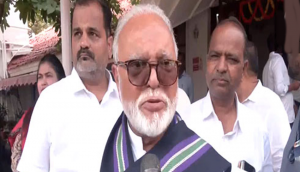
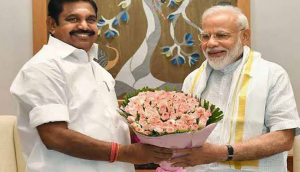
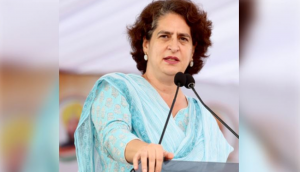
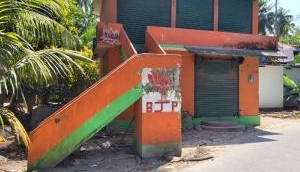
![BJP's Kapil Mishra recreates Shankar Mahadevan’s ‘Breathless’ song to highlight Delhi pollution [WATCH] BJP's Kapil Mishra recreates Shankar Mahadevan’s ‘Breathless’ song to highlight Delhi pollution [WATCH]](https://images.catchnews.com/upload/2022/11/03/kapil-mishra_240884_300x172.png)

![Anupam Kher shares pictures of his toned body on 67th birthday [MUST SEE] Anupam Kher shares pictures of his toned body on 67th birthday [MUST SEE]](https://images.catchnews.com/upload/2022/03/07/Anupam_kher_231145_300x172.jpg)






